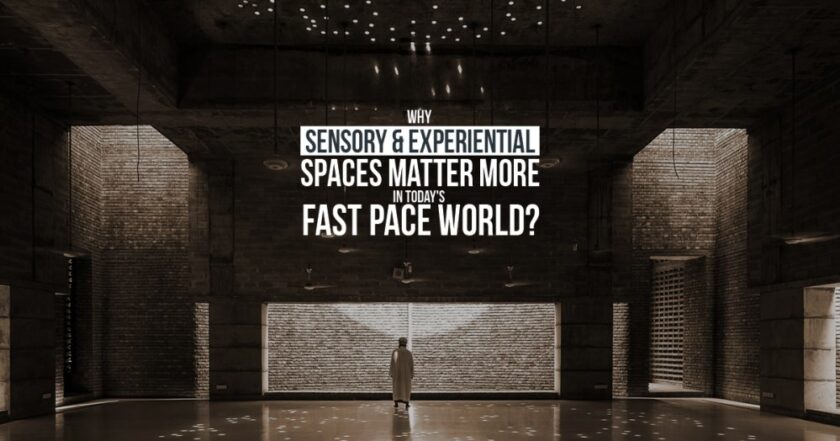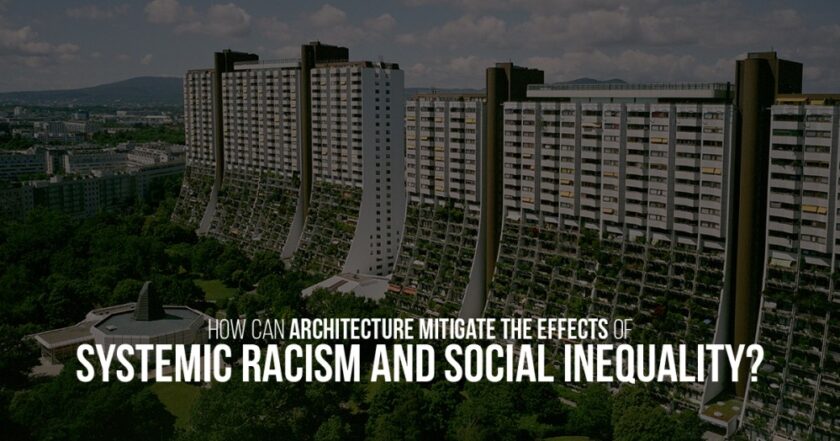Why Is Sensory Design Needed?
In the modern world where people are constantly connected and surrounded by technology, it becomes even more important to take a break and relax the mind. These areas help people to slow down and pay attention to themselves and the environment around them. People are called upon to slow down, to pay attention and to come back to themselves and the world and such places. In a world that is often chaotic and unfeeling, these settings provide a sense of balance whether it is from the play of light, the movement of eliciting leaves feelings or the create feel of term the memories earth. by Sensory purposefully spaces stimulating are the designed senses. For instance, urban squares with interactive art installations or museums with sensory-rich exhibits, apart from being functional, provide a narrative that begets a sense of place. These are areas of giving and taking, an opportunity to stop and think, which is in line with movements like mindfulness and slow living. These areas offer a way of dealing with the stress and the sense of isolation that is characteristic of city life, through thinking and being.
In the book Atmospheres, Peter Zumthor notes that setting the atmosphere is where architecture is at its best. He underscores the importance of materiality, light, sound, and spatial layout in creating the atmospheres that affect people’s feelings. Making these senses a focus of architecture transforms architecture into an experience and moves away from the purely practical. Zumthor’s idea makes designers understand the importance of factors such as texture, sound absorption and light interaction to ensure that the design engages the senses effectively. This approach ensures that the areas develop a special relationship with the users and hence create settings that not only are functional but also very atmospheric and hard to forget.

Sensory Design In Architecture
It is therefore possible to design spaces that are suitable for these kinds of sensory and experiential areas by understanding how surfaces, volumes and finishes work to either amplify or reduce sound. Light, material and form are thought out at the very beginning of sensory architecture. Light can create an atmosphere of drama or calm depending on its direction and intensity. This idea is perhaps best understood in the context of Zumthor’s Bruder Klaus Field Chapel in Germany. The experience of spirituality is achieved through the light that outlines the sky and the shower through the burnt wood walls. In the same manner, the use of natural materials that are extracted from the local area ensures that the design is real and appropriate to the environment. Also, acoustics are an important aspect of sensory design. The general ambience of a library or the noise of footsteps in an otherwise quiet corridor can greatly alter one’s perception of a space.

Sensory Design For Interiors
The interior spaces can be used to tell the experience of multisensory storytelling. To set particular emotions, designers can use textures like soft furnishing, rough concrete or polished stone. Cool colours are associated with serenity while warm colours give a feeling of comfort. These elements are integrated in a deliberate manner in a sensory-aware environment. Another rather subtle but very effective tool is the smell. The use of fragrance is common in retail stores, spas and even in residential homes to create a specific brand identity. The atmosphere of a room is also enhanced with lighting whether it is through the use of windows or light switches that regulate the amount of light in the room.

Sensory Design In Landscape Architecture
Sensory landscaping engages all the senses and creates serene outdoor environments. The use of flowers and different types of plants, bright colors, and varying height of the plants enhance the sense of sight and adds depth and interest. The relaxing sounds of water features, swishing leaves and the low roar of bees collecting pollen engage the sense of hearing. The feel of tree bark, smooth moss and smooth stones also create the feel of the touch. The smell of blooming jasmine or the earth after a rainy day enhances the sense of smell while food landscapes like fruit trees or herb gardens offer taste which gives people a direct experience with nature.

The Future of Sensory and Experiential Spaces
This demand for well thought out sensory and experience spaces will only increase as the urbanization continues. By designing spaces that foster relationships, innovation and wellbeing, these areas can address major social issues such as social isolation and mental health. In the future, designs may use data to regulate sensory and experiential inputs depending on the users’ needs, while on the other hand, artificial intelligence would be used to tailor the experience. However, it is anticipated that the traditional analogue experiences which emphasis on the real and the non-digital experiences will continue to be popular. Rather than supplanting the senses, technology should enhance them. It is possible to use technology correctly to increase the sensory and emotional impact of spaces and create original yet authentic environments.
In a world that might feel overpowering and impersonal, sensory and experiencing areas provide an important counterweight. They remind us of the thrill of simple sensory pleasures and the value of significant encounters. Architects, designers, and planners may enrich people’s lives, promote well-being, and reconnect them with what actually matters by building settings that engage the senses and elicit emotional connections. These spaces are not luxuries, but rather requirements for managing the difficulties of modern life and creating a more humane, empathic world. As we progress through the twenty-first century, their importance will become increasingly clear.
Reference:
Zumthor, P. (2006) Atmospheres: architectural environments. surrounding objects.
How to create a sensory garden (no date).


As an architecture and interior designer, I am passionate about creating spaces that inspire and delight those who inhabit them. With over a decade of experience in the industry, I have honed my skills in both the technical aspects of design and the art of crafting beautiful, functional spaces.
After earning my degree in architecture, I began my career working for a prestigious firm where I was exposed to a wide range of projects, from commercial buildings to high-end residential properties. During this time, I developed a keen eye for detail and a deep appreciation for the importance of form and function in design.
In recent years, I have struck out on my own, founding my own design studio where I have been able to further explore my passion for interior design. I believe that a well-designed space can transform the way people live and work, and I take pride in working closely with clients to understand their needs and create spaces that exceed their expectations.
Throughout my career, I have been recognized for my innovative and creative approach to design, and have been honored with a number of awards and accolades. When I’m not working on design projects, you can find me exploring the outdoors or seeking inspiration in the world around me.







